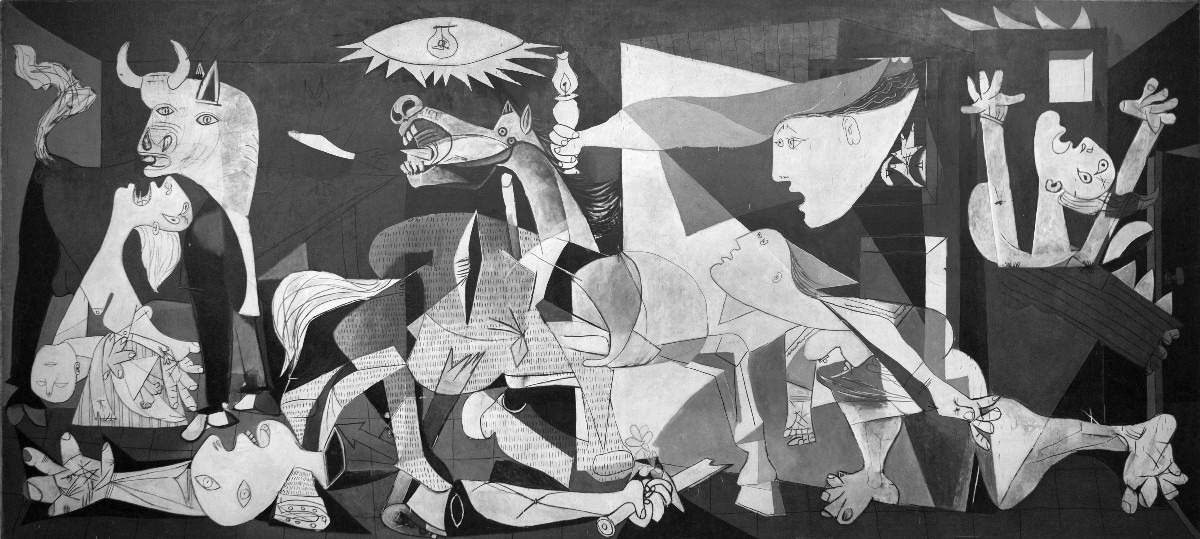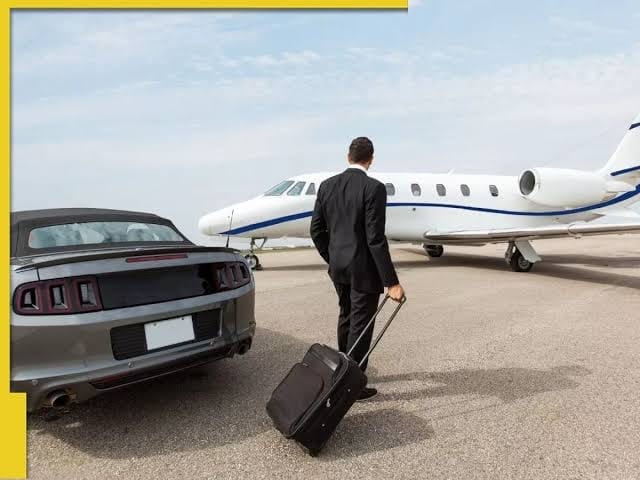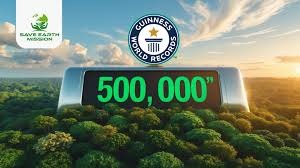
Follow WOWNEWS 24x7 on:
Updated: June 28, 2025 17:37

In a world fractured by war, displacement, and political unrest, artists are transforming the debris of destruction into powerful acts of resistance, remembrance, and renewal. From the bombed-out streets of Gaza and Kyiv to exile studios in Europe, a global movement is emerging—one where creativity becomes both a coping mechanism and a call to action. These artists are not just documenting conflict; they are reshaping its narrative.
Here’s how art is becoming a universal language of healing and defiance in 2025.
Key Highlights from the Global Art Frontlines
- The Post-War Art Lab, a nomadic residency, unites displaced artists from Syria, Ukraine, and Afghanistan to co-create installations using salvaged war debris
- Murals in Gaza, animations in Kyiv, and VR exhibits in Berlin are turning trauma into immersive storytelling
- Artworks fund real-world aid, including refugee therapy programs and community rebuilding efforts
- The Peace Research Institute Oslo’s INSPIRE project is documenting how artists in Sudan, Myanmar, and exile communities use creativity to galvanize social justice
From Rubble to Resonance: The Rise of Conflict Art
- In Berlin, the exhibit Fragments of Home invites viewers to walk through reconstructed domestic scenes—half-burned kitchens, cracked nursery floors—layered with video testimonies from war survivors
- Ukrainian artist Kseniya Kravchenko’s Draw the Sirens project overlays hand-drawn animations on real air raid sirens, capturing the surreal rhythm of life under siege
- Gaza’s Shams Art Collective paints murals on rubble during ceasefires, using public walls as both memorial and protest
Art as Resistance and Memory
- These works challenge propaganda by preserving personal stories that often vanish in the fog of war
- Artists are using charred wood, broken glass, and torn fabric to create installations that speak of loss, resilience, and identity
- Digital platforms like MoMA’s Art in Crisis and the INSPIRE archive are amplifying these voices globally
The Emotional and Political Power of Expression
- According to the State of Artistic Freedom 2025 report by Freemuse, artists are increasingly targeted in conflict zones, yet their work remains vital in resisting authoritarianism and censorship
- Art is being used to process grief, build solidarity, and inspire civic engagement in communities fractured by violence
- In exile, artists are forming transnational networks to share resources, exhibit collaboratively, and advocate for peace
What This Means for the Future
- Conflict-inspired art is reshaping how the world remembers war—not through statistics, but through stories
- These creative practices are influencing policy, education, and humanitarian aid by humanizing the cost of conflict
- As global crises intensify, the role of artists as truth-tellers, healers, and bridge-builders is more urgent than ever
In 2025, peace may still be elusive—but in the hands of artists, even broken pieces can become something whole.
Sources: ArtMajeur Magazine, Peace Research Institute Oslo (PRIO), Freemuse, Volt Beats, The Future for Artists Report 2025, MoMA Art in Crisis Showcase, MSN India


